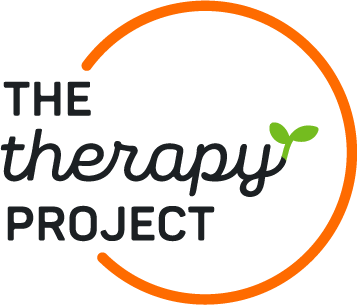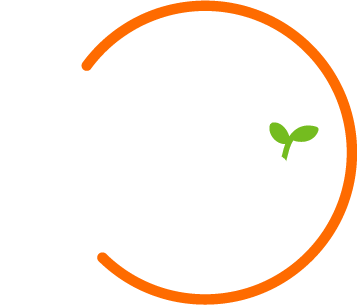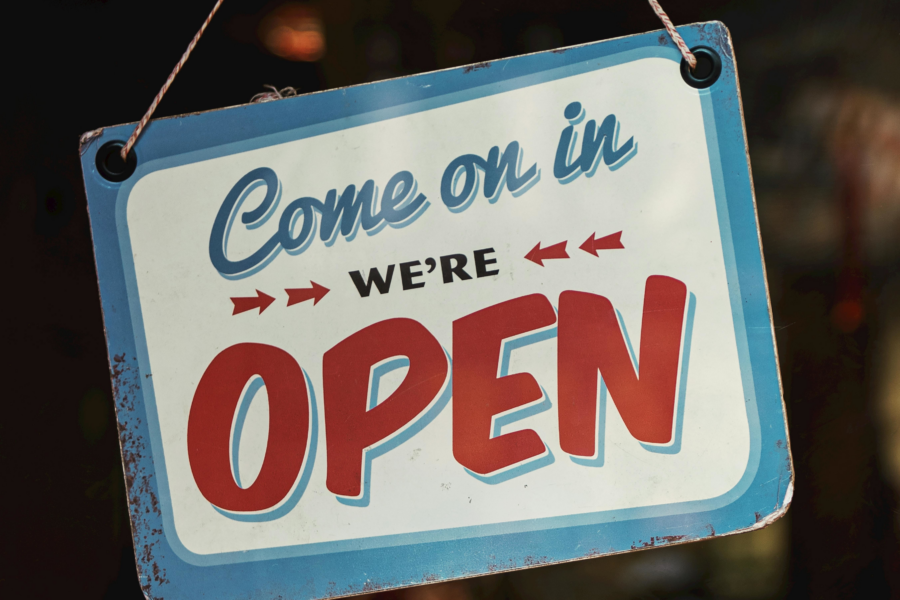Introduction
In this article, we’ll discuss how to develop a healthier relationship with our emotions and feelings to prevent them from controlling or affecting us too much.
Emotions and Feelings: What Do They Want From Us?
If you’re struggling with certain emotions like anxiety, fear, or sadness (nobody fights happiness), you might sometimes wonder, “Why do I have to feel this way?” or “Why is this happening to me?”.
The truth is that emotions are there to serve multiple purposes. You can read more about this in our article – What Are Emotions For?
In short, emotions, though they may make us uncomfortable or force us to slow down or be vulnerable with others, are simple messengers. They signal that something is happening in our lives—either immediately or in a broader sense—that affects us and requires action.
However, in today’s hectic world, in which, ironically, our fears and insecurities are constantly fed to sell stuff or keep us overworking, there’s little room for these so-called “negative” emotions. Therefor it’s easy to fall into the trap of thinking the problem lies in the emotions themselves because they prevent us from maintaining our usual pace.
And this is where things get sticky. Suddenly, we start working out excessively to avoid anxiety, avoid being alone at home to escape crying, overindulge in alcohol and sedatives, or force ourselves to “think positively” all the time to fend off our demons. But none of these approaches work for long and then depression or panic attacks ensue.
Remember: The emotions we feel are messages that something in our lives needs to change. Until we act, they’ll keep sending us signals.
How Do I Control My Emotions?
The short answer is: you don’t. But all is not lost. As with many aspects of mental health, the answer you’re hoping for won’t be found in a YouTube video or a blog because the answer you’re hoping for doesn’t exist.
The longer answer is: you don’t control your emotions, but you can stop them from controlling you, making their presence less significant.
Here are some steps to help you stop letting your emotions lead you down the path of frustration:
Get to Know Your Emotions Well
A key step in transforming your relationship with emotions is understanding them deeply.
Emotions are composed of specific bodily sensations, psychophysiological reactions, and thought patterns.
When you study and understand the elements that make up your experience of fear, sadness, or anxiety, they become less threatening and mysterious, making them more tolerable.
The following questions are a good starting point for analyzing and understanding what you feel:
- Name the emotion. Try to identify what you’re feeling—there may be more than one emotion present. If you can’t identify them, you can instead ask, “How do I feel right now?”
- How does this emotion feel in my body?
- In what situations does it usually arise? What’s triggering it? Do I typically feel this way in similar situations?
- What does my mind do when I feel this way? What do I focus on? What narrative do I create about what’s happening? What memories, images, impulses, or thoughts emerge more easily?
- What behaviors typically accompany these emotions?
For instance, if you’ve gone through a breakup, you might notice:
- “I feel physically drained, walk with my head down, feel a void in my stomach, purse my lips, look at the ground, and notice a lump in my throat.”
- “I feel this way when I think about my ex, see people enjoying themselves as couples, or when I’m home alone.”
- “My mind brings back memories of my ex, makes me long for those times, and tells me things will never be the same. It also amplifies other problems in my life.”
- “I stay home more, don’t want others to see me, spend more time in bed, eat more sweets, and watch sappy movies.”
Accept Them
When emotions become overwhelming, it’s common to try to solve or control them. The moment they start to arise, we might feel frustrated, overwhelmed and/or try to resist them.
This resistance often causes the most suffering. Acceptance is one of the most important factors in developing a healthy relationship with your emotions—and improving mental health overall.
Acceptance doesn’t mean resignation. It means acknowledging the reality of the situation.
For example, if I wake up and see it’s raining, but I dwell on “This can’t be happening,” “I don’t want it to rain,” or “The day is ruined” I’ll struggle because I’m not accepting the reality that it’s raining.
The same applies to emotions. If I feel fear, anxiety, or sadness but say, “I don’t want to feel this way,” “This is unbearable,” or “I can’t be okay until this stops,” I’ll suffer. Accepting emotions simply means recognizing their presence without fighting them.
Give Them the Space They Need
Once you accept an emotion, you can give it the space it needs. This might mean crying on the couch for a week while watching Sex and the City. Perhaps you need or want to do something but it scares you, then you may have to do it while being scared. If anxiety is chasing you prioritize yourself and take the time you to address and short whatever is keeping you anxious and calm yourself.
If we don’t block, avoid, or suppress emotions, they naturally run their course. Everything flows and changes. When we prevent this flow—through avoidance, ignorance, or suppression—emotions may stop bothering us temporarily but will eventually come back stronger.
Tools and Tips for Better Emotional Regulation
- Mood trackers: Use a journal or app to track your emotional states, fostering awareness of how emotions manifest in your life. Apps like How we feel can be helpful.
- Daily self-observation: Use routine moments (e.g., during breakfast, on the bus, or in the shower) to ask yourself, “How do I feel right now?” and observe your body sensations and thoughts.
- Explore your emotions: When you identify “negative” emotions, let yourself feel them and explore what they’re communicating. Writing about your feelings can also clarify and process them.
Conclusion
When faced with unpleasant emotions sometimes we’re forced to slow down, often the tendency may be to try and control, avoid, or suppress them. However, these strategies rarely work long-term and often exacerbate the problem.
Emotions are messages, signaling that something in our lives needs attention. By understanding how emotions manifest, accepting their presence, and giving them space, you’ll develop the best tools for mastering emotional regulation.
Many people turn to therapy to better understand their emotions through the guidance of a mental health professional. If you’re interested, feel free to reach out to us here.
We hope this article has been helpful. Feel free to comment or ask questions below![/vc_column_text][/vc_column][/vc_row]





